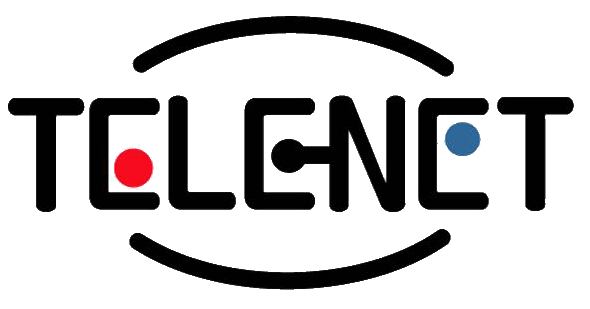OUTSOURCING VS. IN-HOUSE: A SIMPLE COST COMPARISON
One of the most popular reasons to outsource is the cheaper price-tag. Living in a transactional society, we are all price-sensitive. Gas prices go up—our weekly mileage goes down. All else being equal, it makes sense to go with the more economical option.
But this is the real world. Everything is not equal and there are a number of things to consider when deciding whether the cost-savings are worth it. Which begs the question: what exacty are the cost-savings?
How much does an in-house team actually compare to an outsourced team, cost-wise?
(For the sake of brevity, we’ll keep things simple per the title. An in-depth comparison is outside the scope of this article.)
On average, in-house customer service reps will make about $25k/yr. In the Philippines, where outsourcing services are thriving, the average rate would be around $7/hr or less than $15k/yr. That’s over $10,000 a company would be saving! And remember, that’s per seat.
A team of 5? 10? You can see how those savings add up quickly.
But that’s only the start.
Joe Hadzima, a senior lecturer at the MIT Sloan School of Management, suggests that after factoring in employment taxes and benefits, you’re looking at 25-40% more than the actual base salary.
That $25k has now ballooned to $31k-$35k.
The cost of an employee is much more than just their base salary.
Many businesses will also need to provide a work space outfitted with computer hardware and software. There are also regular updates/maintenance/repairs for the previously mentioned. And don’t forget about hiring a manager for larger teams and the costs that come with employee turnover.
Taking into account everything that comes with hiring an employee, it’s easy to see why outsourcing is a popular option for cutting costs.
Should cost be the only factor when deciding to outsource?
Absolutely not.
But it’s a factor definitely worth considering.

